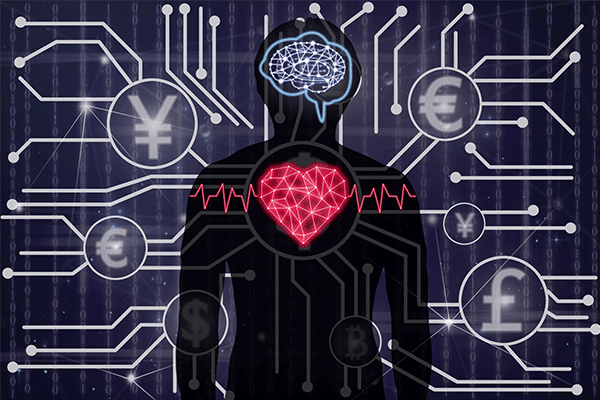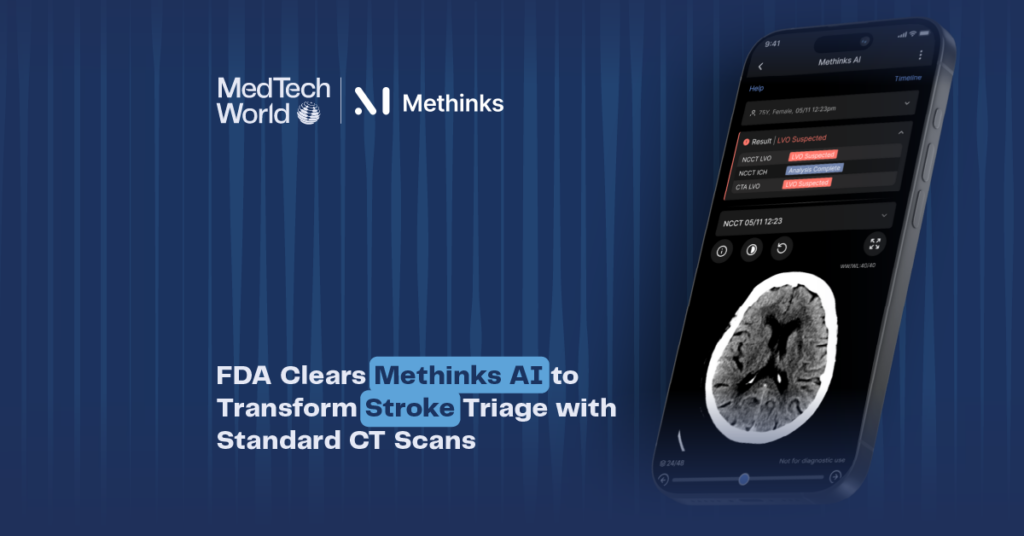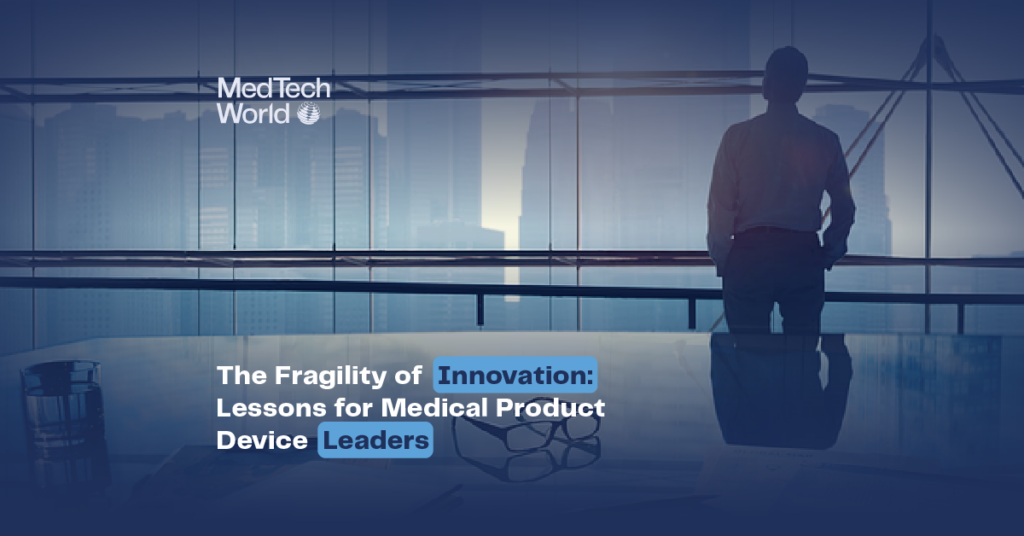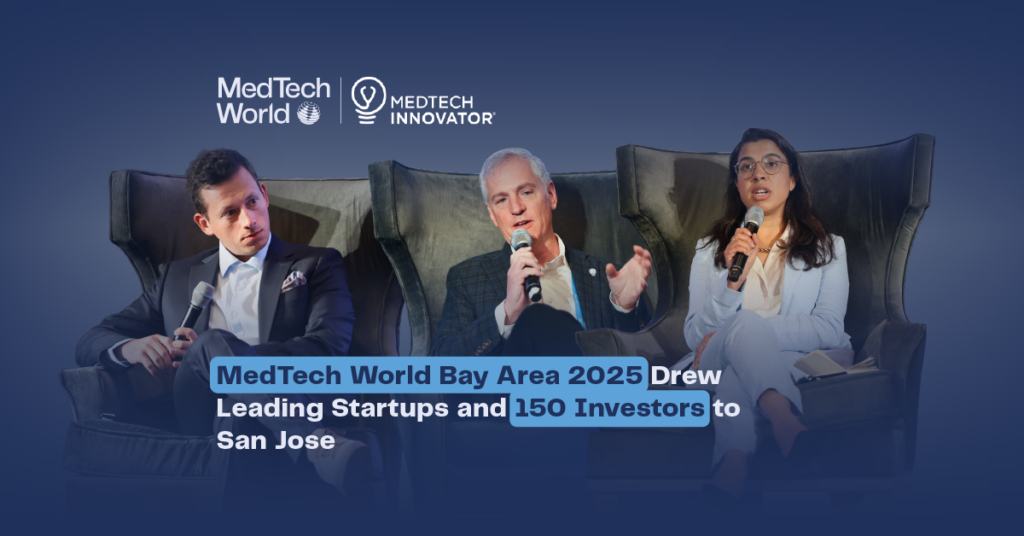
Top 5 Use Cases for Blockchain in Healthcare
Blockchain is one of those buzz words you can hardly miss in the media these days. It was propelled to the public imagination with the rise of Bitcoin and other cryptocurrencies, but the technology has many other use cases beyond moving money from one side of the planet to the other.
In fact, it is now in the minds of many tech giants and even governments which can clearly see blockchain’s power to transform how businesses operate by decentralizing business models, creating more efficient processes, and providing a more secure and reliable way to exchange data.
The healthcare industry is one of the sectors where blockchain can really prove its worth. For one thing, it can reduce the liability and accuracy concerns related to the exchange of medical data, while providing cryptographic security to protect patient identity “out of the box.” Eventually, every patient will have his/her own “data wallet” to store and manage his/her medical records, and provide third parties with access to that data when needed.
But we’re getting ahead of ourselves, here are 5 sectors in healthcare that could be improved with blockchain:
1. Supply Chain Management
Blockchain and supply chain are seen by many as a match made in heaven. Major tech companies – such as IBM, SAP, Microsoft and Accenture — are already working on decentralized versions of their supply chain solutions, or are creating new ones from the ground up. Also, some of them are developing universal blockchain solutions that would be able to power different kinds of applications, supply chain management included.
In the healthcare space, supply chain management (SCM) solutions are employed by manufacturers of pharmaceuticals, medical devices, and other healthcare supplies and equipment. Compared to regular, centralized solutions, the one based on blockchain improves traceability, contract enforcement & management, damage & mishandling management, oversight on counterfeiting, auditing, and at the end — consumer trust, with end-users being able to learn the ins and outs of an item they are looking to buy.
2. Health Records Management & Patient Matching
Blockchain’s ability to use time stamping to authenticate changes to a dataset, even if more than one user has permission to edit a document, is said to be ideal for managing Electronic Health Records (EHR) data. In fact, current EHR systems were not designed to manage multi-institutional, lifetime medical records. This in turn leads to the situation in which patients leave data scattered across various organizations as life events take them away from one provider’s data silo and into another.
In contrast, a blockchain-based system puts the patient in the driver’s seat, letting him/her authorize third parties such as doctors and nurses to access and modify their health records. Also, it is the patient who is able to let health systems share these records with other organizations.
On top of that, a blockchain-based system can meet the needs of master patient ID as long as there is consensus on what the requirements should be. And that’s arguably the harder part – for all the parties to agree on what constitutes a global or universal patient ID, and later implement it in their respective solutions. Then, once an agreement on a starting point for patient ID is reached, blockchain can meet those needs and be flexible enough to keep up with the pace of change.
3. Genomics
Compared to popular services like 23andMe and Ancestry, a blockchain-based system could include end-users in the equation, allowing them to control their own genomic data and profit from sharing it. In this scenario, users would get discounted rates for whole-genome sequencing if they agree to share their data with third parties. This in turn could lead to an increase in the amount of genomic information available for analysis from where machine learning algorithms would kick in to find correlations between genetic variants and diseases from these larger data sets.
Furthermore, as the genome data buyers (pharma companies) and genome data providers (individuals) would be directly connected, the buyers will be able to obtain more information about phenotypes and family histories, in addition to genotypes.
4. Insurance Claims Processing
The current system entails all brokers and insurers involved in an insurance contract independently running all of the checks, thus creating significant duplication and delay in the placement process which impacts the client. With blockchain, all the relevant data is stored in one place (shared ledger) and available to those who require access, removing the need to check the same data multiple times.
Moreover, the system could be developed to use smart contracts to “tune into other blockchains” — such as the one with patient medical records — to further streamline procedures, and shorten the application process from an average of 45 days to near real time.
5. Clinical Trials
Clinical trials are said to be among the best use cases for blockchain. For start, the blockchain acts as an ultimate data notary, storing and securing data as it happens. It provides a safe environment that is virtually impossible to hack, infringe or steal — while making auditing that much easier.
In addition, a blockchain-based system can streamline patient recruitment, consents and use smart contracts to automate many of today’s manual tasks. For instance, a simple mechanism could be deployed to automatically move patients from one group or one phase to the other once certain conditions have been met.
In addition, blockchain could also be used to streamline the communication between doctors and patients during the trial, with specific smart contracts endorsing transparency and traceability over clinical trial sequences while providing financial incentives for a patient’s participation and sharing of their data.
Want to learn more?
We have just scratched the surface here. For more details, you can check out DHbriefs’ full report entitled “Blockchain in Healthcare: Decentralized Computing Changing the Industry.” It offers more details along with links to the companies providing services and solutions in the categories listed above.
Better yet, get it as part of the “DHbriefs Premium Membership” that also includes other reports, including “Introduction to Digital Health,” the report focused on the use of eXtended Reality technologies – “XR in Healthcare”, “Senior Care 2.0” along with regular updates. Right now, DHbriefs is running a promotional offer for this Membership bundle, allowing anyone to reap the benefits of the fast-growing digital health industry. Check it out.
—
Special Offer – Digital Health Reports
Hey there, we have an awesome special offer for you if Digital Health is your thing.
As part of the partnership with DHbriefs, a specialist analyst firm, we are delighted to offer a big discount to access their brilliant reports on the digital health market.
SPECIAL OFFER: 75% off to DHbriefs membership!
A single report would normally cost $149 but for a limited time, the entire package is available for $49. Monthly membership is normally $24.95 but again for a limited time, it is $19.95 per month. You can cancel anytime.
Sign-up here.
DHbriefs is published by Dusan Belic who has been following the digital health industry since 2013.
The DHbriefs package includes instant access to 4 reports along with updates and new reports that will be published during the duration of your membership.
Reports include:
Introduction to Digital Health
Blockchain in Healthcare
Senior Care 2.0
XR in Healthcare
Click here to sign-up for this special offer!
—–
This is the link:
https://dhbriefs.com/wp-content/themes/readable-child/offers/special-offer.php




